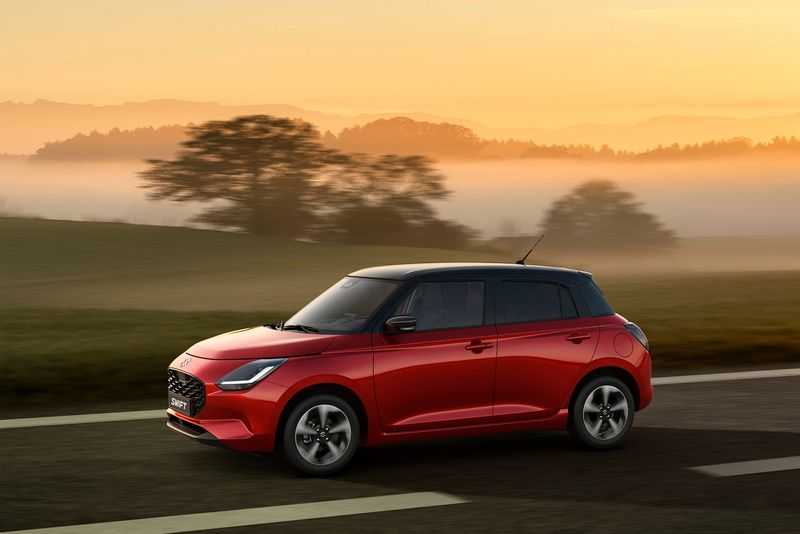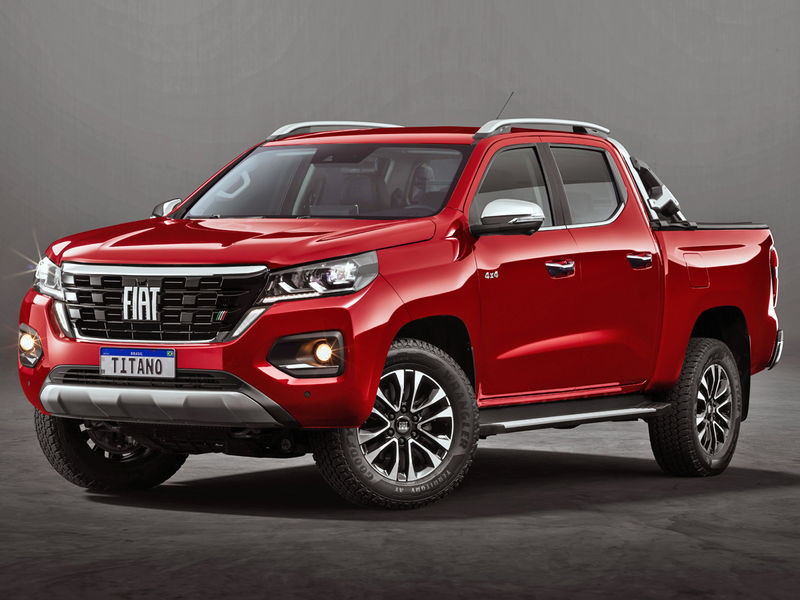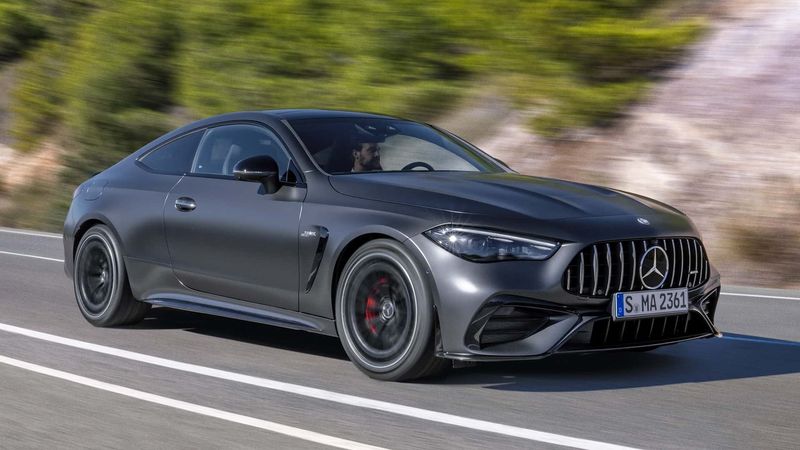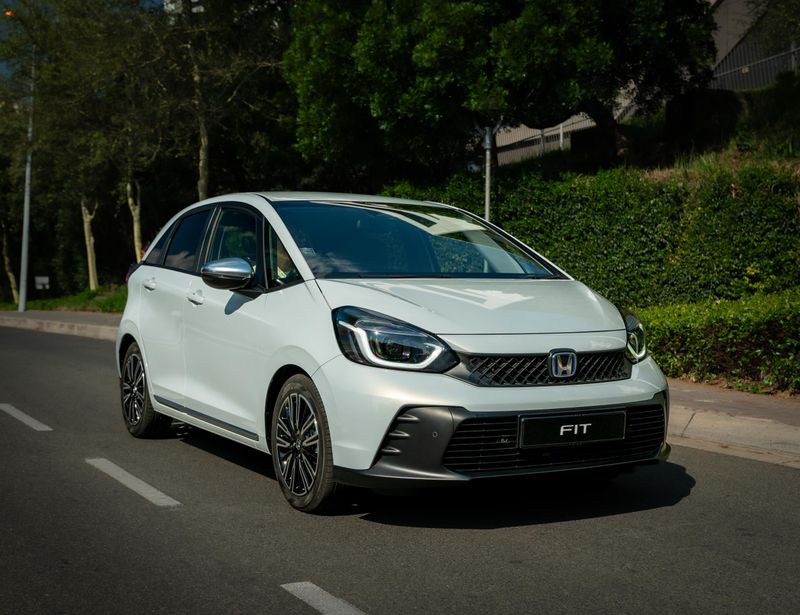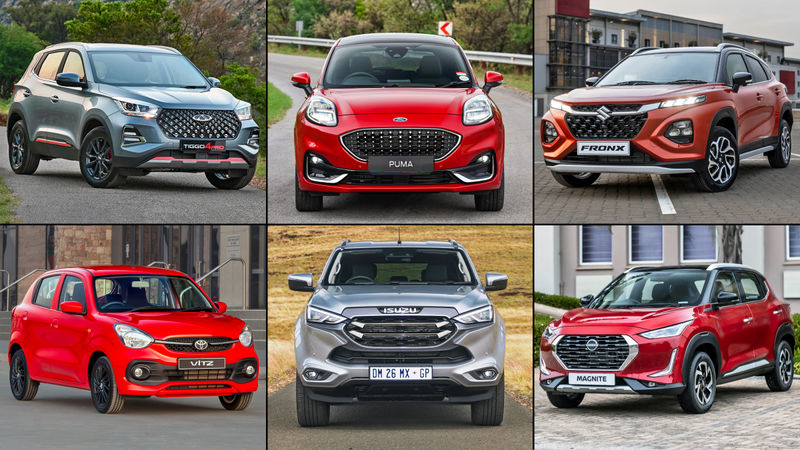




Audi has officially unveiled at the 2014 Geneva Motor how the all-new third generation TT Coupe along with a powerful TTS variant.
Both cars are characterized by the use of innovative technologies in their engines and in their control and display concept, including the Audi virtual cockpit.
Styling ideas of the2015 Audi TT Coupe are reminiscent with those of the sports car that debuted back in 1998 but have been developed in a new context that is as dynamic as it is diverse for its third generation.
It comes with a more aggressive front fascia with a hexagonal grille flanked by the trapezoidal optional LED headlights. There’s also a contoured clamshell hood while the Audi logo has been moved onto the lower section of the hood.
Xenon Plus units are standard, with LED headlights or units using the Audi Matrix LED technology first seen in the A8 available as optional extras. On both the TT and TTS, there is an unmistakable contour created by the separating strip in the headlights, which is illuminated by light guides.
Other features include the prominent wheel arches, a defined “Tornado” horizontal shoulder line running through to the tail as a strong body shoulder and a spoiler that automatically deploys at speeds exceeding 120 km/h, as well as wheels ranging from 17 inches to 20 inches.
At 4.18 metres long, the Coupe is almost exactly the same length as its predecessor, though its wheelbase has grown by 37mm to 2505mm. It is 1832mm wide, and has the same height as the previous model at 1353mm.
All standard models have two large round exhaust tailpipes which are again reminiscent of the original TT. Like all Audi S models, the TTS exhales through four oval tailpipes.
The optional S line exterior package makes the design of the bumpers, air intakes, Single-frame grille, sills and the rear diffuser even sharper and sportier. The package also comes with 18-inch wheels and a body that rests 10 mm lower.
The third-generation TT is the German automakers first sports car built on the Volkswagen MQB platform and is up to 50 kg lighter, resulting in a curb weight of 1230 for the 2.0 TFSI model. Trunk capacity has increased by 13 litres so customers will be able to fill up 305 litres with luggage.
At launch the 2015 Audi TT Coupe and TTS will be available with three four-cylinder engines featuring turbocharging and direct injection.
There are two 2.0 TFSI units with 169 kW and 370 Nm and one with 228 kW and 380 Nm in the TTS derivative, along with a 2.0 TDI outputting 135 kW and 380 Nm of torque and can accelerate to 100km/h in 7.2 seconds, yet is also good for a claimed 4.2 litres/100km.
There is also the 2.0 TFSI mated to a six-speed manual gearbox which enables the new TT to reach 100 km/h in 6 seconds (5.3s with S tronic) before reaching an electronically-limited top speed of 250 km/h.
The Audi TTS covers the standard sprint in 4.7 seconds and its top speed is electronically governed at 250 km/h, and is optionally available with an S tronic gearbox. The diesel TT does the run in 7.2 seconds and will tops out at 235 km/h.
The cabin is equipped with an all-new 12.3-inch TFT screen powered by an Nvidia Tegra 30 graphic processor, repositioned air conditioning controls in the air vents, while the optional S sport seats (standard on TTS) have integrated head restraints and pneumatically adjustable side sections that are highly contoured to offer optimal support and comfort.
There’s also a new multifunction flat-bottomed steering wheel featuring a new airbag that occupies 40 percent less space than before without compromising on safety, a newly designed split gear lever, and an MMI rotary pushbutton. Audi has also installed a 12-speaker Bang & Olufsen audio system with a 14-channel amplifier and door-mounted woofers which are illuminated by an adjustable light conductor.
The2015 Audi TT Coupe is the epitome of an authentic design icon and a top-performance driving machine, explained Dr. Ulrich Hackenberg, Member of the Board of Management of AUDI AG for Technical Development. With the new generation, we are making this technology even easier for the driver to experience just as they would expect from a real sports car.
